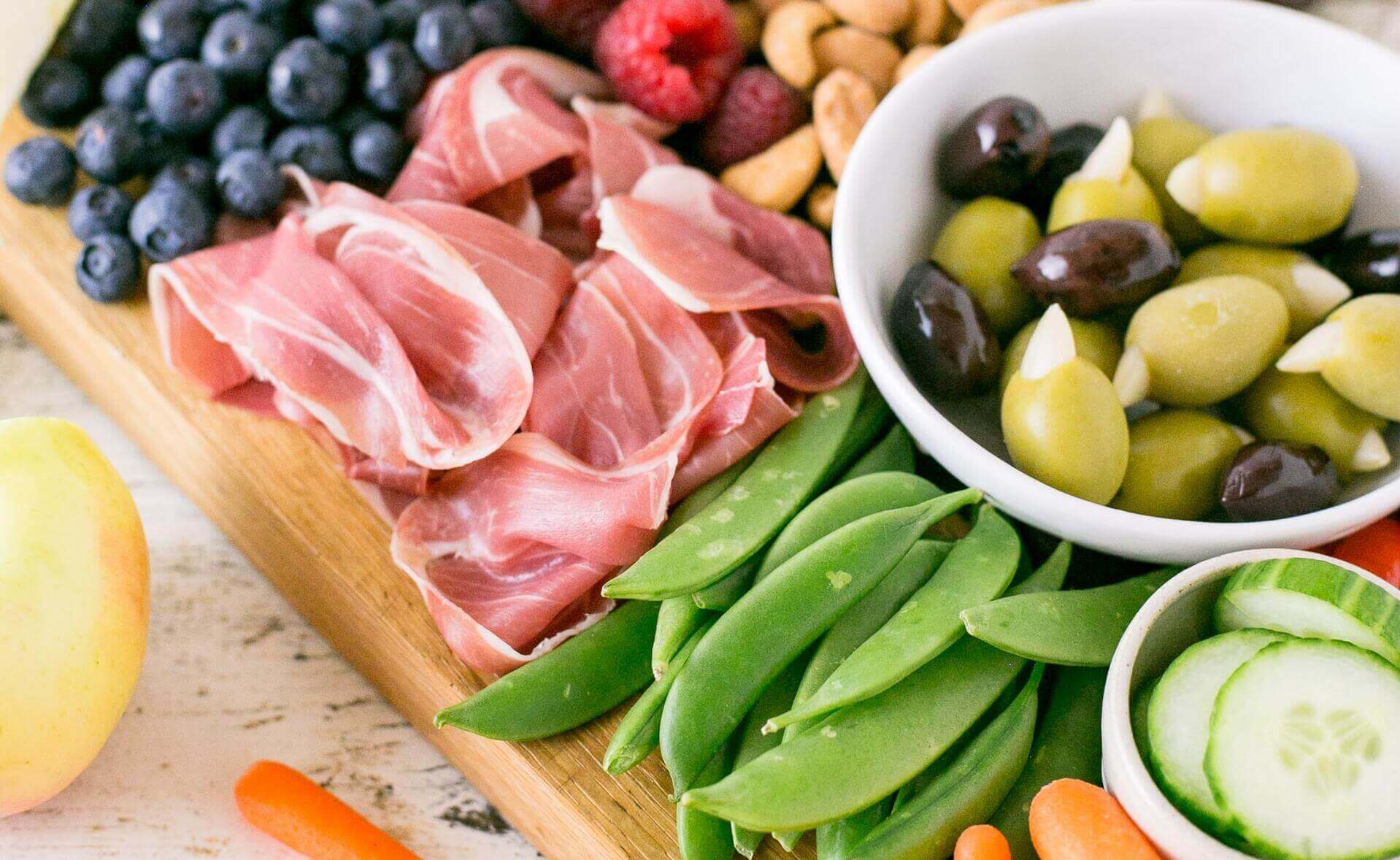Paleo Diet: Why did Doctors recommend Cure of Autoimmune Diseases?

What is Paleo Diet?
The Paleolithic diet, also known as the Paleo diet, caveman diet, or stone-age diet, is a contemporary diet based on foods said to be similar to those consumed by humans during the Paleolithic era.
Around 2.5 million years ago, humans underwent anatomic and physiologic changes as they adapted to climatic change, learnt to cook meat over fire, and began to employ stone tools to have better access to food and resources.
According to anthropologists, our ancestors’ food had a significant impact on their cerebral growth, increased brain size, and decreased gastrointestinal tract size.
The Paleolithic diet was first proposed in the 1970s, and its popularity skyrocketed when Loren Cordain’s book “The Paleo Diet: Lose Weight and Get Healthy by Eating the Foods You Were Designed to Eat” was published in 2002. Since then, this diet, often known as the “cave man diet” or “Stone Age diet,” has piqued the public’s attention.
Many cookbooks purporting to include Paleolithic cuisine have been released. To enhance our healthcare results, the primary idea of this diet is to return back to what our ancient predecessors ate while avoiding modern-day, processed foods.
What is an autoimmune disease?
A disorder in which your immune system assaults your body by mistake is known as autoimmune disease.
Normally, the immune system protects you from bacteria and viruses. When it detects the intruders, it dispatches an army of fighter cells to assault them. The immune system can normally distinguish between alien and native cell.
Imagine your body to be a castle, and your immune system to be an army battling against invaders such as bacteria. If your army goes haywire and assaults the castle, you may develop lupus, multiple sclerosis, rheumatoid arthritis, and/or psoriasis, among a slew of other autoimmune disorders. Pain, weariness, disorientation, rashes, depression, and other symptoms are possible.
The immune system misidentifies parts of your body, such as your joints or skin, as alien in autoimmune diseases. Autoantibodies are proteins that assault healthy cells and are released by the body.
More than 80 illnesses are caused by the immune system attacking the body’s own organs, tissues, and cells, according to the NIAID (National Institute of Allergy and Infectious Diseases). Type 1 diabetes, rheumatoid arthritis, systemic lupus erythematosus, and inflammatory bowel disease are some of the more frequent autoimmune disorders.
Although the aetiology of many autoimmune disorders are unclear, it is likely that a person’s genes, in conjunction with infections and other environmental exposures, play a substantial influence in disease development. Many autoimmune disorders have treatments available, but cures have yet to be developed.
How can be autoimmune disease be cured?
Autoimmune diseases mostly affect the woman. Autoimmune illnesses cannot be cured in general, however they may be controlled in many circumstances. Historically, therapies have included: anti-inflammatory medicines — to decrease inflammation.
Autoimmune diseases are not deadly in the vast majority of instances, and persons who live with an autoimmune disease can expect to enjoy a normal life.
What is Autoimmune Paleo (AIP) or Autoimmune Protocol Diet?
A traditional Paleo or Paleolithic diet contains around 35% energy from fats, 35% energy from carbs, and 30% energy from proteins. As a result, the Paleolithic diet is similar to a low-carbohydrate diet.
The hunter–gatherer diet, on the other hand, has more dietary fiber(up to 45–100 g per day) than a low-carbohydrate diet. The Paleolithic diet has recently gained popularity owing to its potential health advantages. Paleolithic eating is thought to be linked to a better lipid profile and lower blood pressure. Furthermore, this sort of diet is thought to help with weight loss.
The autoimmune paleo diet, also known as the autoimmune protocol or AIP diet, is a paleo diet variation that aims to heal the immune system and the lining of the digestive tract in people with autoimmune disease by removing potential dietary triggers that may be causing inflammation and fueling autoimmune reactions.
Some studies suggest that paleo does provide benefits, such as weight loss and increased energy, while others show anecdotal evidence that eliminating inflammatory foods in the standard American diet, such as soda, chips, and cookies, as well as grains, legumes, and most dairy, can help people manage diseases such as Crohn’s disease, ulcerative colitis, rheumatoid arthritis, psoriasis, and multiple sclerosis (MS)
The protocol requires at least 30 days of elimination of dairy , gluten , grains and pseudo-grains (like quinoa, buckwheat, and amaranth), legumes, nuts, seeds, nightshade vegetables, eggs, modern vegetable oils, alcohol, added sugar or sweeteners, food additives and NSAIDs (Nonsteroidal anti-inflammatory drug), which are medications like ibuprofen.
How does the Paleo autoimmune diet work ?
Following the diet’s elimination phase, you reintroduce excluded food categories one at a time and analyse your reaction. If a response develops, these foods should be reintroduced and retested for tolerance at a later time (usually at least after another month of removal from the diet).
The autoimmune protocol (AIP) diet aids in the discovery of a more tailored Paleo-based diet that aids in the long-term reduction of inflammation, promotion of gut healing, and reduction of autoimmune-related symptoms.
The autoimmune protocol promotes a way of life that prioritises adequate sleep, stress reduction, and regular physical exercise, as these lifestyle variables are known to have a direct effect on autoimmunity symptoms. At Parsley Health, we believe that these self-care activities are critical to achieving maximum health and wellness for all people.
Until recently, the autoimmune paleo diet’s effectiveness was based solely on anecdotal evidence from hundreds of patients who adopted the programme to successfully treat and even reverse their autoimmune condition. However, recent studies published in the journals Inflammatory Bowel Disorders and Current Developments in Nutrition in the last several years looked at the usefulness of AIP for inflammatory bowel disease, which is a collection of inflammatory disorders affecting the colon and small intestine.
The researchers discovered that after 6 weeks of following AIP, the majority of trial participants, more than 70% in each study, attained remission. These results provide much-needed scientific backing for the autoimmune protocol’s capacity to heal people with autoimmune diseases.
AIP might be a viable choice for you if you’ve been diagnosed with an autoimmune illness and wish to better manage active and continuing symptoms. However, due of AIP’s stringent character, it’s not a good idea to attempt it if you’re at risk of developing eating disorders, have food aversions, are resistant to dietary changes, or have other diet-related medical concerns.
As you follow the Paleo Autoimmune Protocol, your food choices become more focused on consuming nutrients to support this healing—foods that provide everything your body needs to stop attacking itself, repair damaged tissues, and get healthy again: proteins, carbohydrates, and fats to maintain a normal metabolism, build new tissue, and produce hormones, important proteins, and signalling molecules; and the full range of fat-soluble vitamins, water-soluble vitamins, minerals, and phytonutrients.
AIP diet is an extension diet of Paleo diet, Follow this diet plan with consulting your primary care physician if you are with any one of autoimmune Diseases.
One Week Sample Diet plan for autoimmune disease
Here’s a one-week meal plan for the autoimmune protocol diet:
Day 1:
- Breakfast: Scrambled eggs with sautéed spinach and mushrooms
- Lunch: Grilled chicken breast with roasted sweet potatoes and steamed broccoli
- Dinner: Beef stir-fry with onions, carrots, and zucchini over cauliflower rice
Day 2:
- Breakfast: AIP-compliant smoothie with coconut milk, berries, and spinach
- Lunch: Grilled salmon with roasted asparagus and a side salad with lettuce, tomatoes, and avocado
- Dinner: Pork chops with roasted Brussels sprouts and a side of roasted butternut squash
Day 3:
- Breakfast: AIP-compliant granola with coconut milk and mixed berries
- Lunch: Turkey lettuce wraps with avocado, cucumber, and carrot sticks
- Dinner: Chicken soup with vegetables like carrots, celery, and onion
Day 4:
- Breakfast: AIP-compliant breakfast bowl with scrambled eggs, sausage, and sautéed kale
- Lunch: Beef burger without the bun with roasted sweet potato fries and a side salad
- Dinner: Baked salmon with lemon and herbs, served with roasted carrots and green beans
Day 5:
- Breakfast: AIP-compliant smoothie bowl with coconut milk, berries, and spinach
- Lunch: Grilled chicken breast with roasted sweet potatoes and steamed green beans
- Dinner: Slow-cooked pot roast with carrots, onion, and celery
Day 6:
- Breakfast: AIP-compliant breakfast scramble with eggs, bacon, and sautéed vegetables
- Lunch: Turkey or chicken salad with lettuce, cucumber, and avocado
- Dinner: Beef or lamb kebabs with vegetables like bell peppers, onion, and mushrooms
Day 7:
- Breakfast: AIP-compliant breakfast bowl with coconut milk, berries, and nut butter
- Lunch: Grilled shrimp with roasted bell peppers and zucchini
- Dinner: Baked chicken with herbs, served with roasted sweet potatoes and steamed broccoli.
This meal plan is just a sample and can be adjusted based on personal preferences and dietary restrictions.
Also, it is important to check with a healthcare professional before starting any new diet plan.




